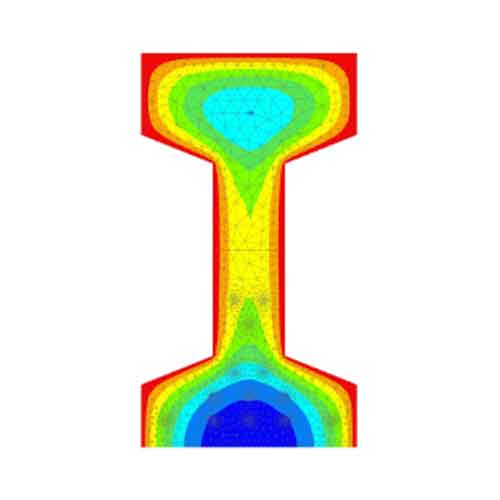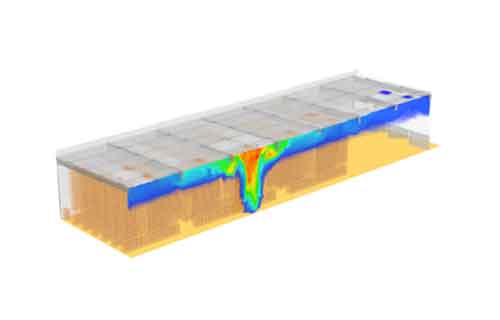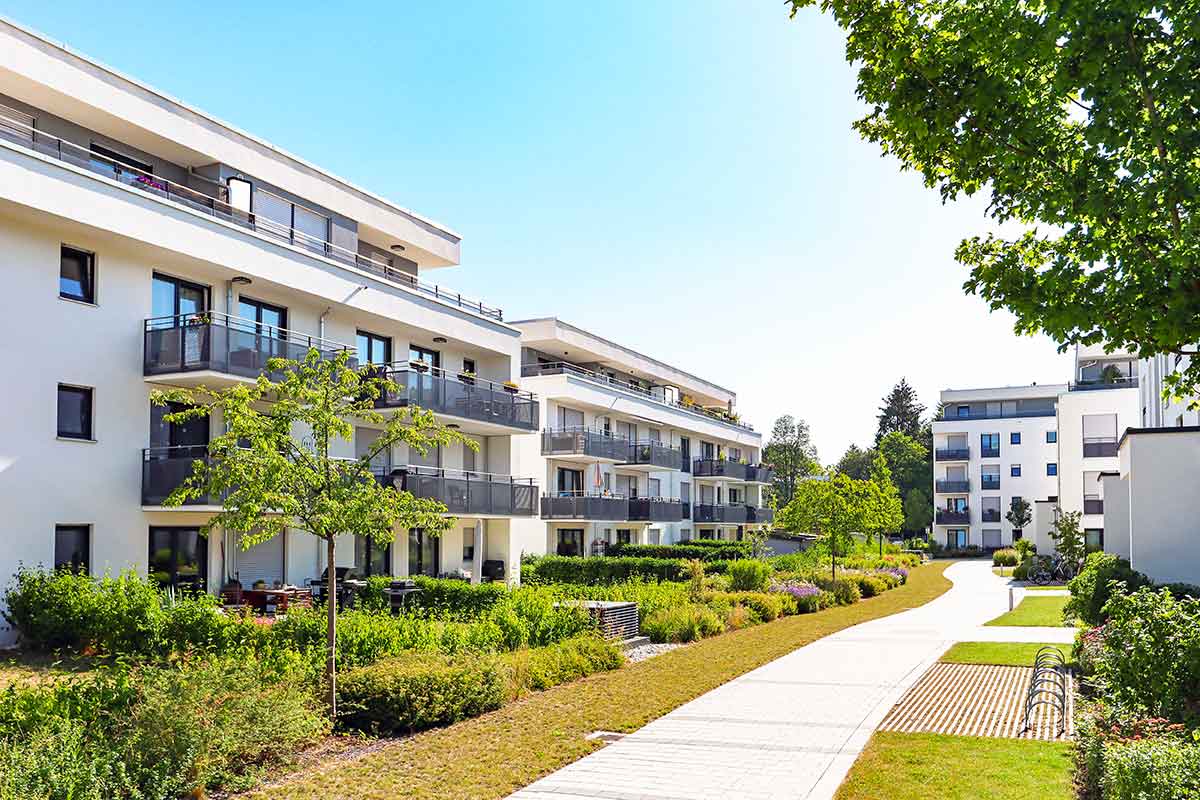The Fire Testing Centre, a fire-resistance testing laboratory approved by the French Ministry of the Interior and similarly recognized as a competent body in smoke-extraction engineering, will carry out your fire-safety-engineering studies under standard-fire conditions and real-fire scenarios, for all types of works (buildings—including those open to the public, classified facilities for the protection of the environment, nuclear facilities—and civil works, etc.) and for all means of construction (structures in reinforced and prestressed concrete, steel, composite steel-and-concrete, and timber).
Our services.
• Studies of fire scenarios and fire growth
• Fire-resistance studies (loadbearing capacity) of structures exposed to standard and real fires
• Studies of structural failure modes
• Studies of the fire performance of structures and proposals for suitable means of protection when necessary
• Smoke-extraction engineering studies
• Analytical studies of evacuation of occupants
• Project appraisals
• Design appraisals
• Post-fire structural appraisal
• Diagnosis of fire resistance of works.


Fire-safety-engineering studies: what is involved.
Fire-safety engineering consists in assessing the performance of a building or other structure exposed to fire, taking account of all the features of the works (function—storage, residential, etc.—and the structural materials involved—concrete, steel, wood, etc.).
The first step is to define the safety objectives and associated performance criteria. These may be:
• The time the structure withstands fire
• Fire resistance (loadbearing capacity) of the works consistent with evacuation of occupants and intervention of emergency services
• Absence of domino failure
• Absence of collapse in an outward direction.
The study then proceeds in several steps:
• Step 1: Preliminary risk analysis
• Step 2: Definition of fire scenarios
• Step 3: Calculation of fire development
• Step 4: Calculation of thermomechanical response of the works.


Our skills
and tools.
Fire-safety engineering calls on the many skills of our teams of expert engineers:
• Combustion, fluid mechanics, thermal engineering, etc.: fire development and smoke movement.
• Structural mechanics: thermomechanical response of concrete, reinforced-concrete, prestressed-concrete, steel, composite and timber structures and of compartmentation elements.
Different resources can be used in a fire-safety-engineering study:
• Calculation methods
– Simplified methods (analytical, defined in Eurocodes and rules of good practice)
– Advanced methods (numerical simulations using the FDS and SAFIR programs for calculating fire development and structural performance respectively).
• Testing
– Input data for calculation methods used to extrapolate from the results of small-scale tests
– Conducting full-scale tests if calculation methods do not exist.
• Statistical data
– Input data for calculation methods
– For probabilistic analyses and expert appraisals.
Sectors of activity.
The studies carried out by our teams of expert engineers cover the following sectors of activity:
• Buildings (residential, offices, buildings open to public)
• High-rise buildings (IGH in French)
• Installations classified with respect to the environment (ICPE in French)
• Works of engineering (bridges, footbridges)
• Underground works (tunnels)
• Nuclear facilities (INB in French)



